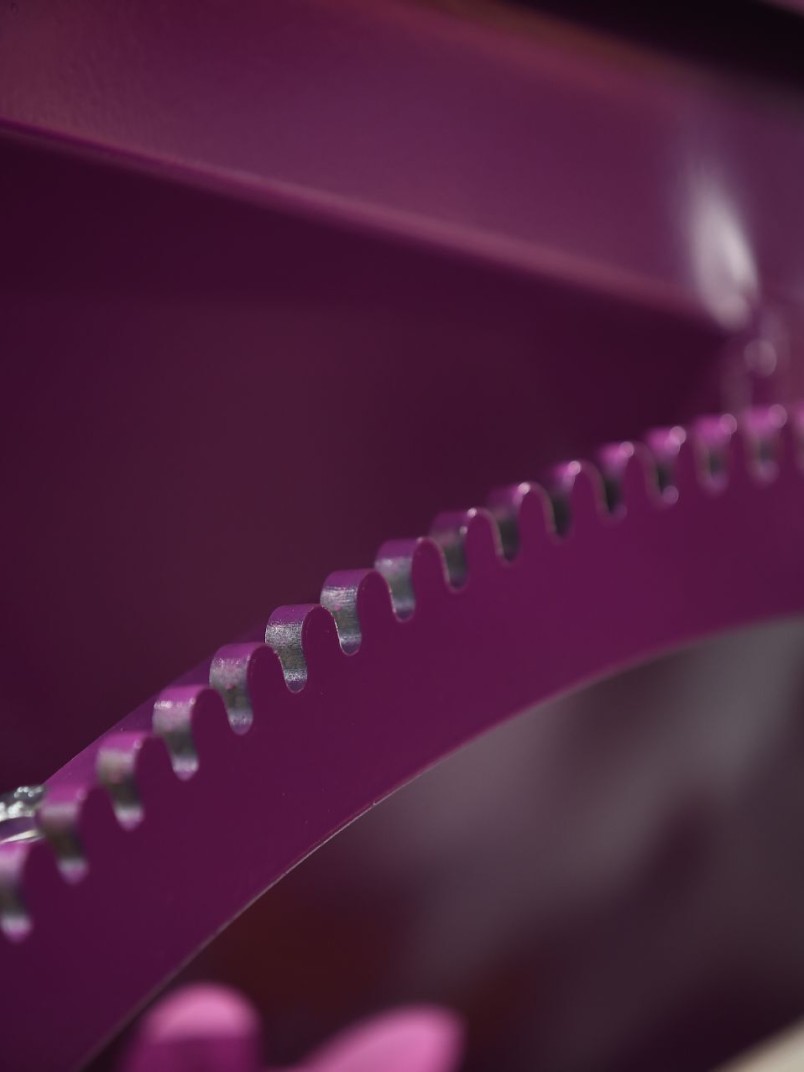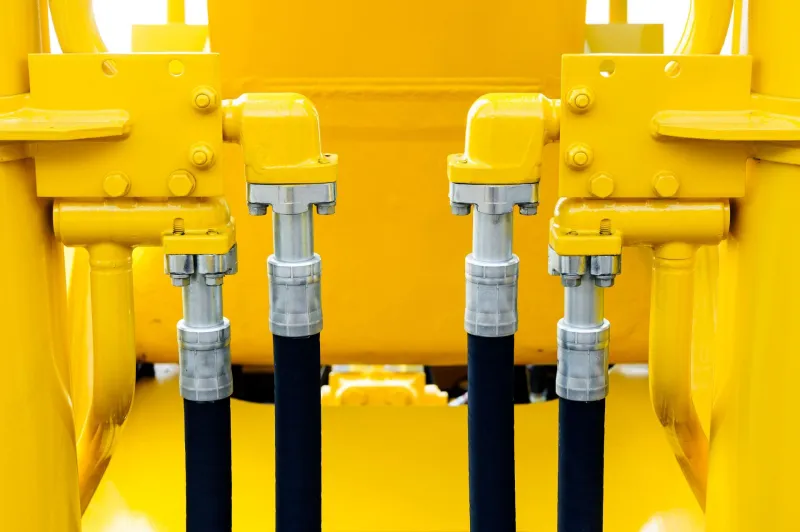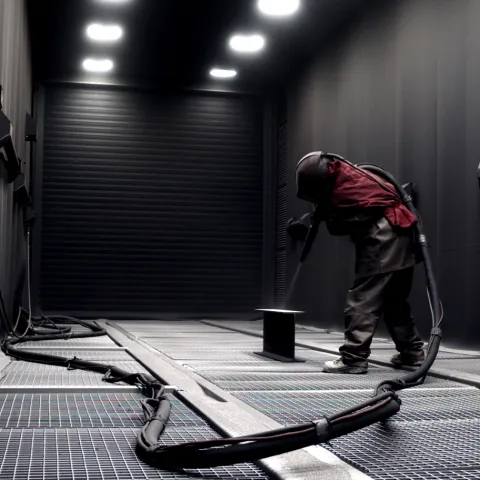Working with high-solids products: Expert tips for high-quality results

There are a few different definitions of high-solids products out there, but from our perspective, they are classified as products that contain 70% or more solids content.
With low solids paint types—which are largely made up of solvents—most of the paint evaporates when drying. But high-solids paint types, as indicated in the table below, were made to be used without the help of as many solvents.
Generally speaking, you could use high-solids products as you would most other traditional metal coatings. Still, there are some points to keep in mind when choosing whether to use these products and when working with them.
We outline our tips and tricks for getting the best results from high-solids products.
Key benefits to know when considering high-solids products
When deciding whether to work with high-solids products, you’ll want to consider your goals with metal coatings, your current processes, your project timeline, and your budget.
The main advantages of working with high-solids include being able to:
- Reduce your overall costs & processing time
- Reduce your VOC emissions
- Use less product to get higher paint thickness
Now we’ll break down these advantages a bit further.
High-solids products can help you reduce your overall costs
Are you apprehensive about choosing high-solids products because of the price? When seeing the litre price of high-solids products, many people worry that using these industrial paints and coatings will increase their overall costs.
But in reality, high-solids products are not more expensive than more traditional products. In fact, they can often help you save costs.
To understand the true cost of high-solids products, check the price per square metre instead of the litre price. Why? Simply because less product is required to cover a surface area when using high-solids paints.
Reduce your VOC emissions with low-solvent or solvent-free high-solids products
What is your company’s mindset towards sustainability? Is one of your main goals to reduce your VOC emissions and the negative impact your operations have on the environment?
One of the key benefits of using high-solids products is reducing your VOC emissions. And with increasingly strict environmental legislations, this is top of mind for many organizations around the world.
Many companies are choosing to use water-borne metal coatings for the same reason. But water-borne products might not fit your company’s specific needs. For example, water-borne paints aren’t suited for tanks, ships, and any metals surfaces immersed in water.
When you’re required to use solvent-borne paints and coatings, it’s important to decrease the amount of solvents in these products to reduce your harmful emissions. One way to do so is by using more environmentally sound high-solids paints that contain less solvents or none at all.
High-solids products allow you to apply thick coats in a single layer
Another key benefit of high-solids products is that they allow you to apply thick coats of paint in a single layer. Due to their higher film thickness, you’re able to cover the same surface area in fewer coats, which allows you to reduce processing time.
Working with high-solids products
Once you’ve chosen to use high-solids products, follow these expert tips to achieve the best results.
Ensure you have the right painting conditions
The conditions in which you can apply high-solids products aren’t too different than with most conventional metal coatings. However, it’s important to apply high-solids paints in the right temperature.
Many companies have older paint shops, which can pose some challenges. For example, the temperature in your paint shop during the winter might be between 5-10°C. Lower temperature leads to higher viscosity of paint. To achieve the viscosity needed for application, you would likely have to add some thinner to the high-solids paint. With higher temperatures, however, you wouldn’t need to add any additional thinner.
Use good-quality application tools
It’s crucial that you use the right equipment to apply high-solids paint. If you have the right temperature and good quality instruments, you shouldn’t have any problems with high-solids products.
Due to these products’ higher viscosity, it usually works best to apply using high-pressure pumps. But be sure to follow the application guidelines in the specific product data sheet. When working with the high-solids paint Temasilox, for example, you would follow these guidelines:
For airless spraying, thin the product approximately 0–5% depending on the temperature of the components and shape of the object. The recommended nozzle tip is 0.011"–0.015" and pressure 160–200 bar.
For air-assisted airless spraying, thin the product approximately 0–5% depending on the temperature of the components and shape of the object. The recommended nozzle tip is 0.011"–0.015" and pressure 160–200 bar. Atomising air pressure should be 1–3 bar.
For both types of spraying, choose the spray angle according to the shape of the object, and don’t use a worn-out nozzle.
For brush application the product should be thinned according to the circumstance.
Don’t thin high-solids paints by more than 20%
High-solids polyurethane paints are especially valued by OEM companies. These paints give you a smooth and silky surface with outstanding gloss, similar to that achieved with car finishes. Since you can apply these paints in one application, you can achieve a more efficient production process.
However, certain high-solids products can be a bit more difficult to handle when it comes to achieving a high aesthetic look. One way to solve this is by adding a small amount of thinner to high-solids products.
But be sure not to thin the paint by more than 20%—otherwise, it will no longer be a high-solids product. Ideally, you want to use high-solids products without any additional thinners, or with a very low amount (around 5%).
Do you have any more questions about working with high-solids products? Just get in touch and we’d be happy to help you out.





